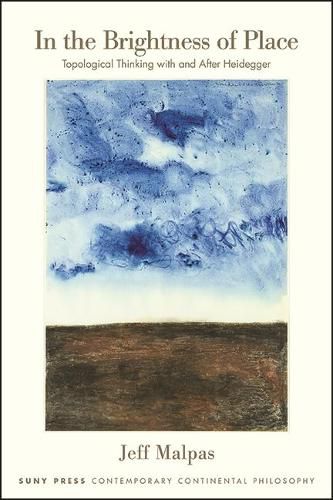Readings Newsletter
Become a Readings Member to make your shopping experience even easier.
Sign in or sign up for free!
You’re not far away from qualifying for FREE standard shipping within Australia
You’ve qualified for FREE standard shipping within Australia
The cart is loading…






This title is printed to order. This book may have been self-published. If so, we cannot guarantee the quality of the content. In the main most books will have gone through the editing process however some may not. We therefore suggest that you be aware of this before ordering this book. If in doubt check either the author or publisher’s details as we are unable to accept any returns unless they are faulty. Please contact us if you have any questions.
The work of Jeff Malpas is well-known for its contribution to contemporary thinking about place and space. In the Brightness of Place takes that contribution further, as Malpas develops it in new ways and in relation to new topics. At the same time, the volume also develops Malpas’ distinctively topological approach to the work of Martin Heidegger. Not limited simply to a reading of the topological in Heidegger, In the Brightness of Place also takes up the idea of topology after Heidegger, showing how topological thinking provides a way of rethinking Heidegger’s own work and of rethinking our own being in the world.
$9.00 standard shipping within Australia
FREE standard shipping within Australia for orders over $100.00
Express & International shipping calculated at checkout
This title is printed to order. This book may have been self-published. If so, we cannot guarantee the quality of the content. In the main most books will have gone through the editing process however some may not. We therefore suggest that you be aware of this before ordering this book. If in doubt check either the author or publisher’s details as we are unable to accept any returns unless they are faulty. Please contact us if you have any questions.
The work of Jeff Malpas is well-known for its contribution to contemporary thinking about place and space. In the Brightness of Place takes that contribution further, as Malpas develops it in new ways and in relation to new topics. At the same time, the volume also develops Malpas’ distinctively topological approach to the work of Martin Heidegger. Not limited simply to a reading of the topological in Heidegger, In the Brightness of Place also takes up the idea of topology after Heidegger, showing how topological thinking provides a way of rethinking Heidegger’s own work and of rethinking our own being in the world.